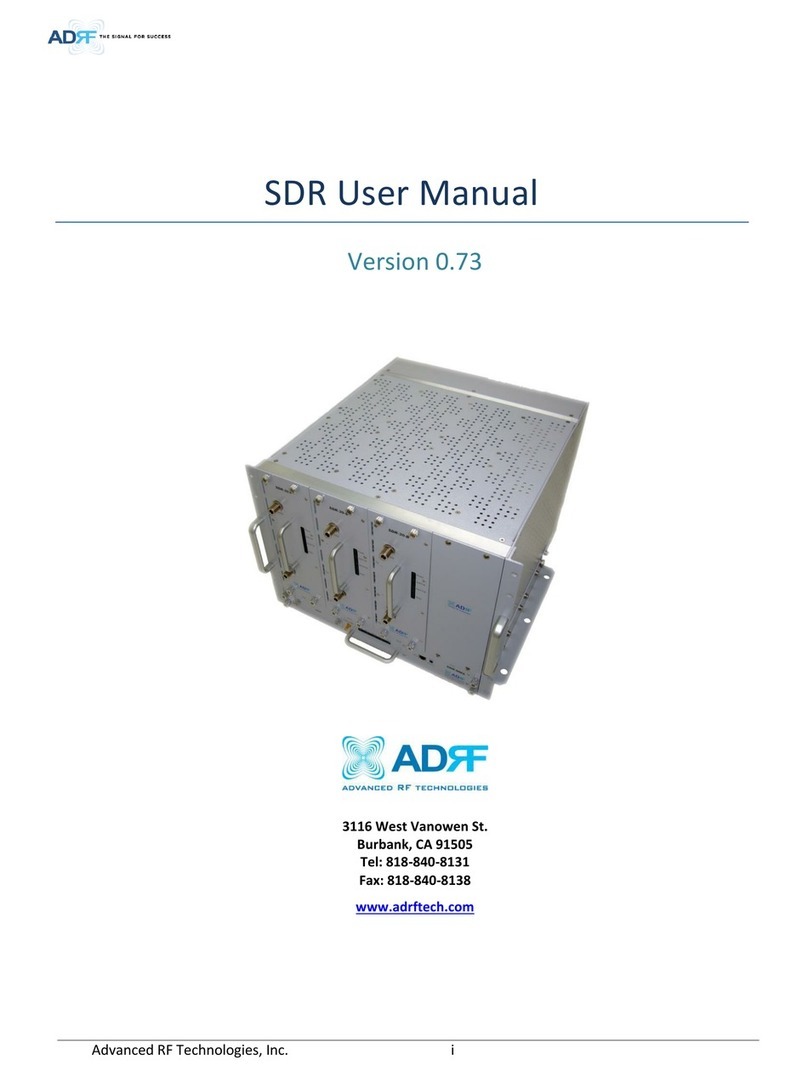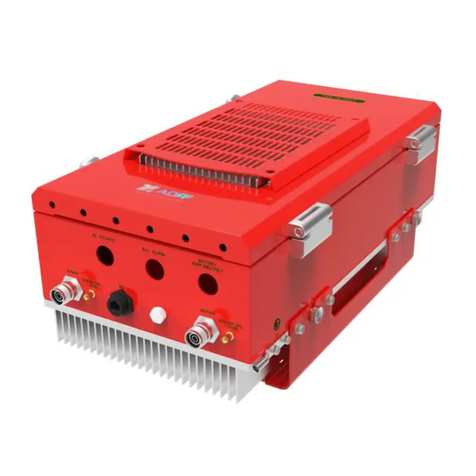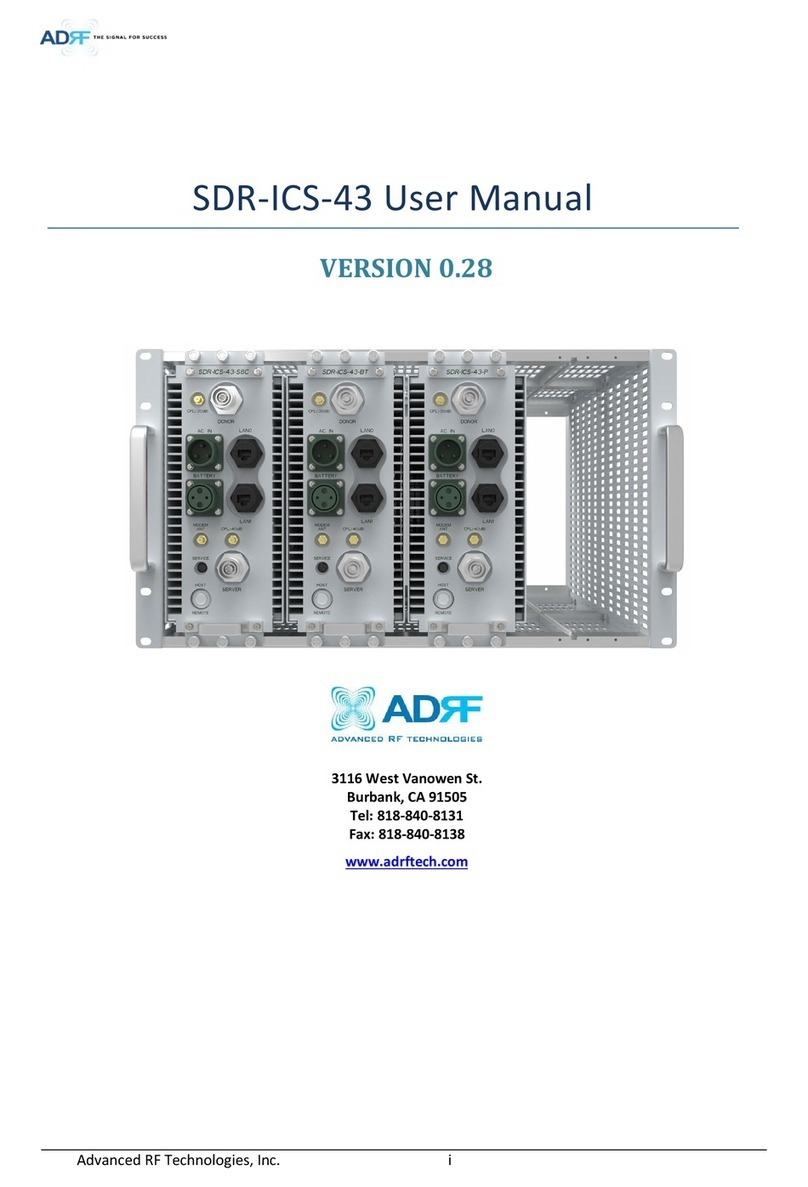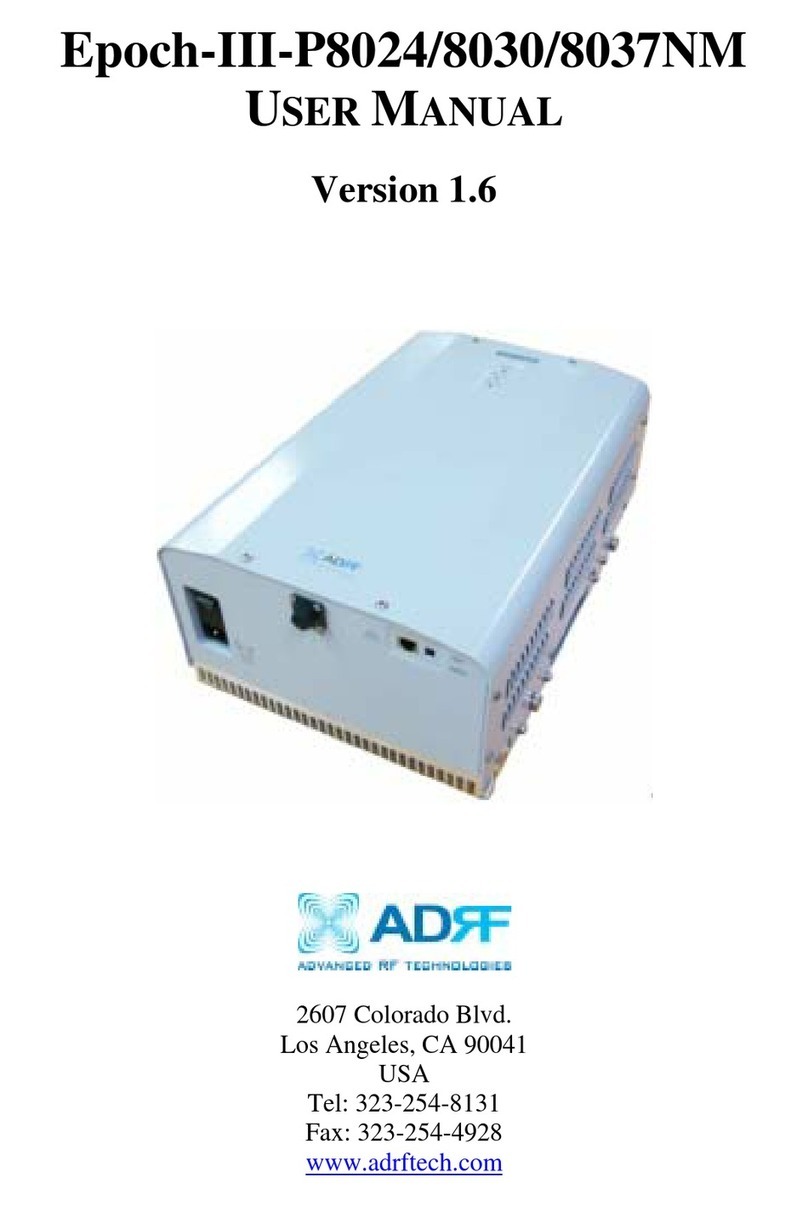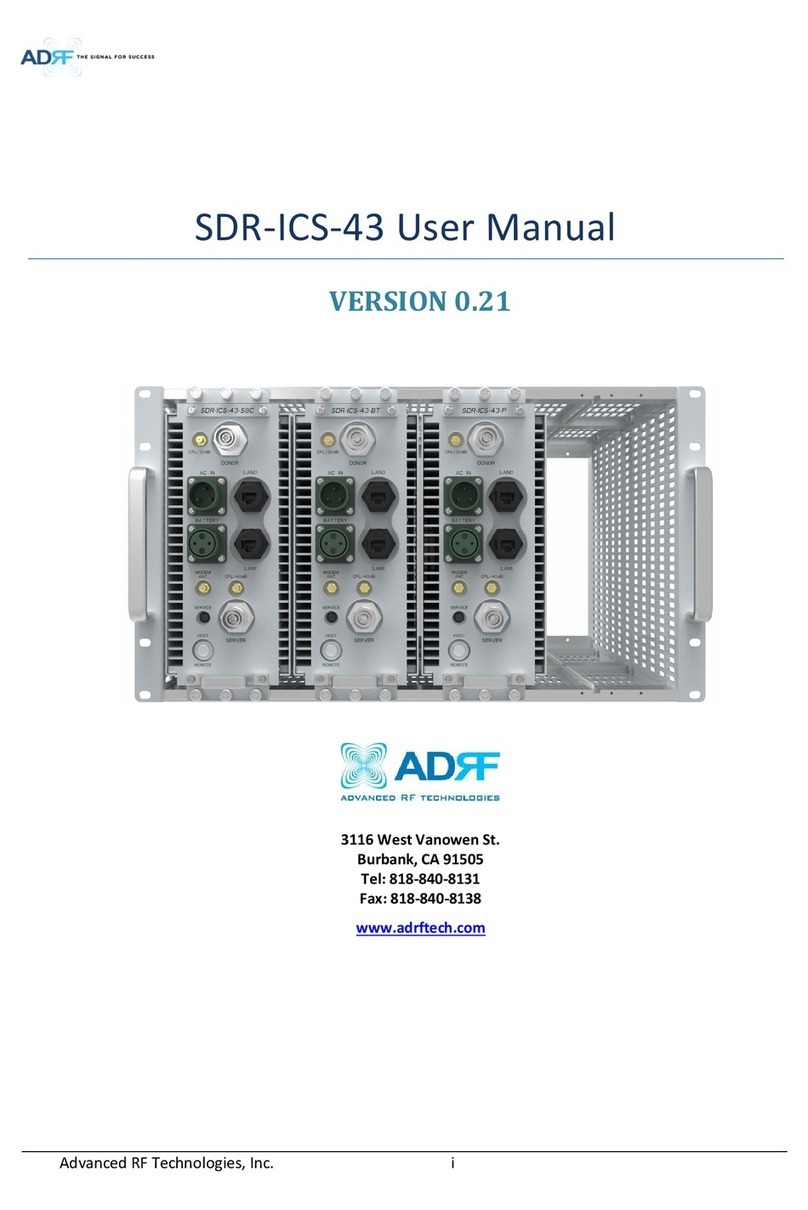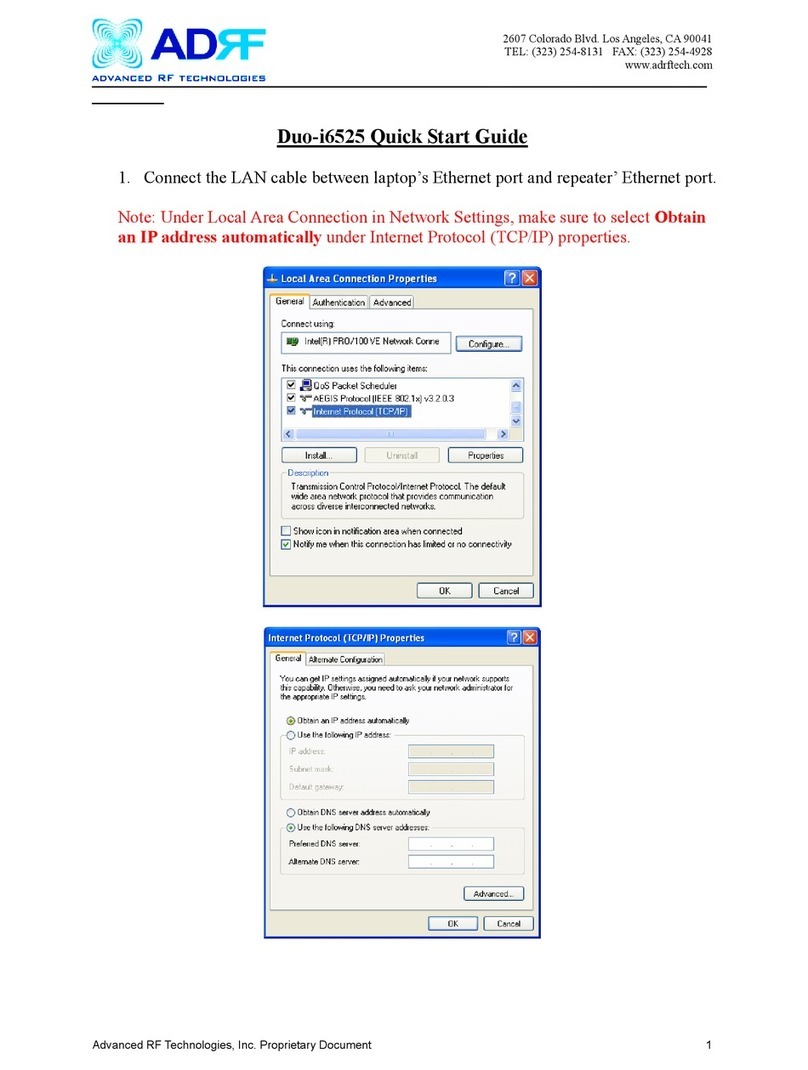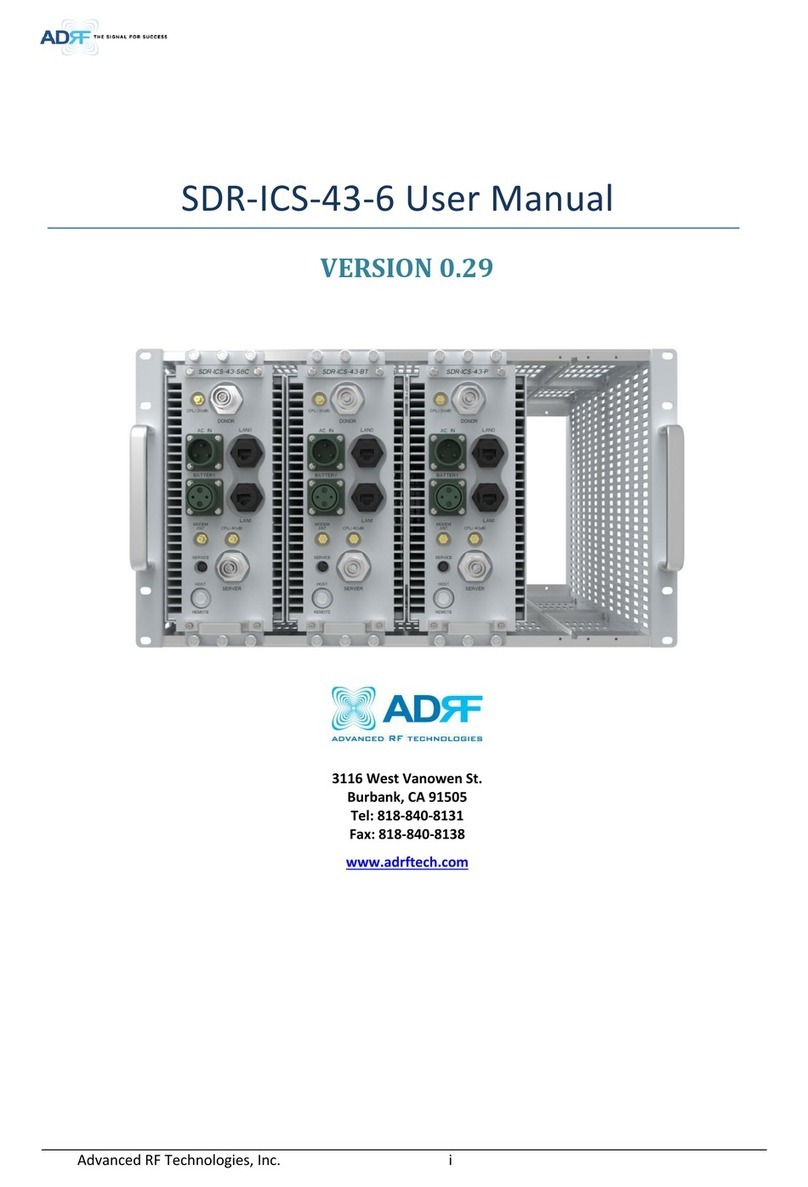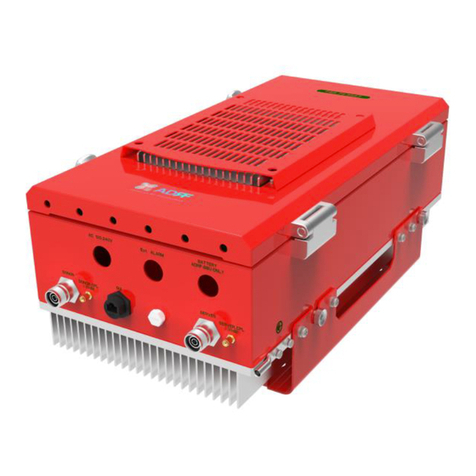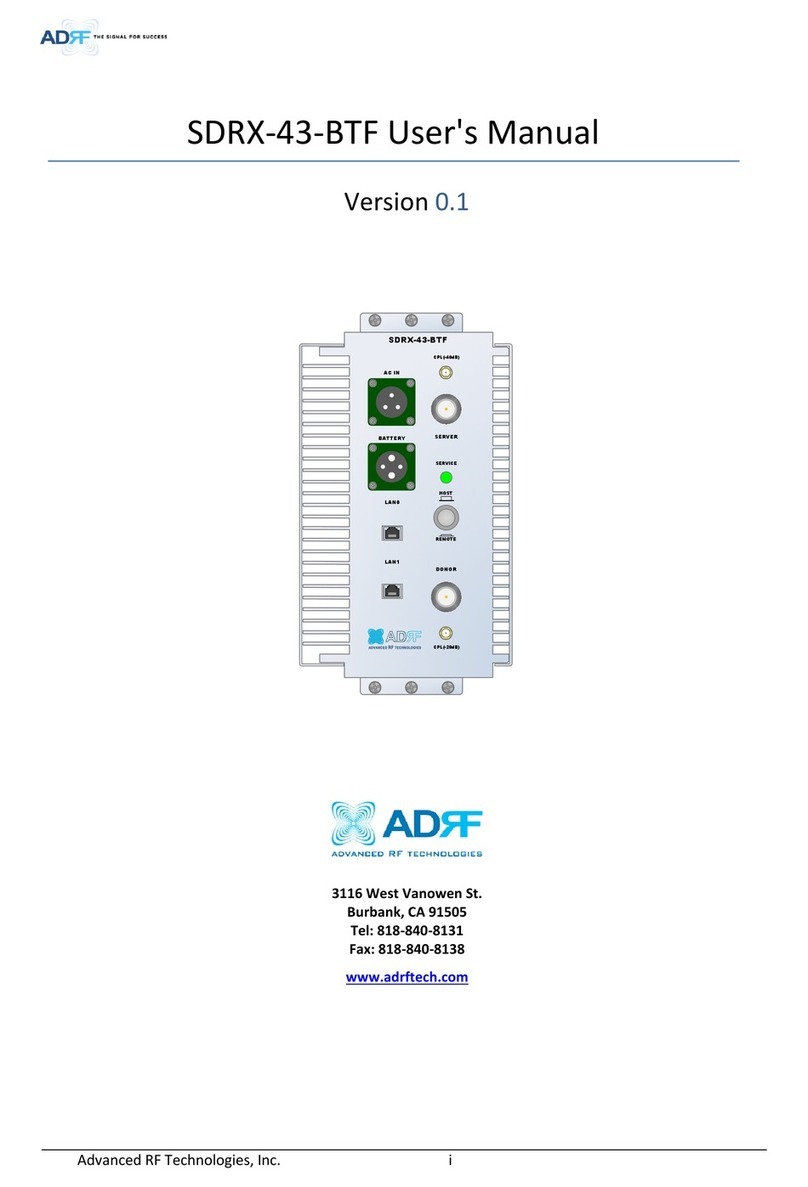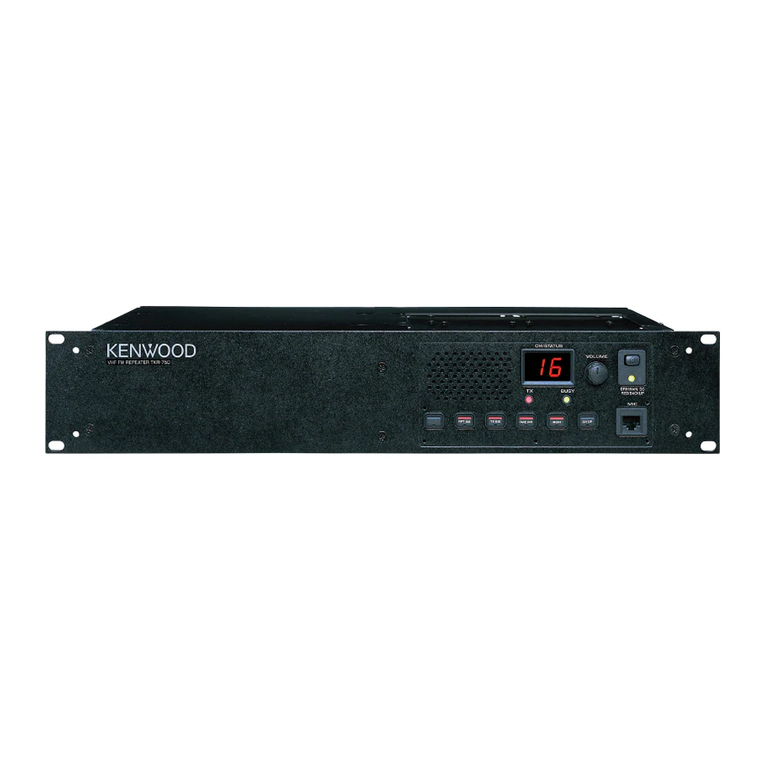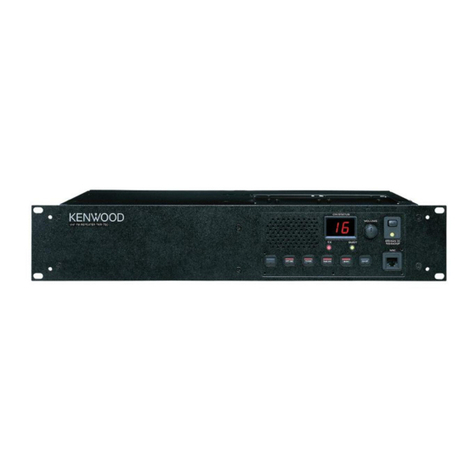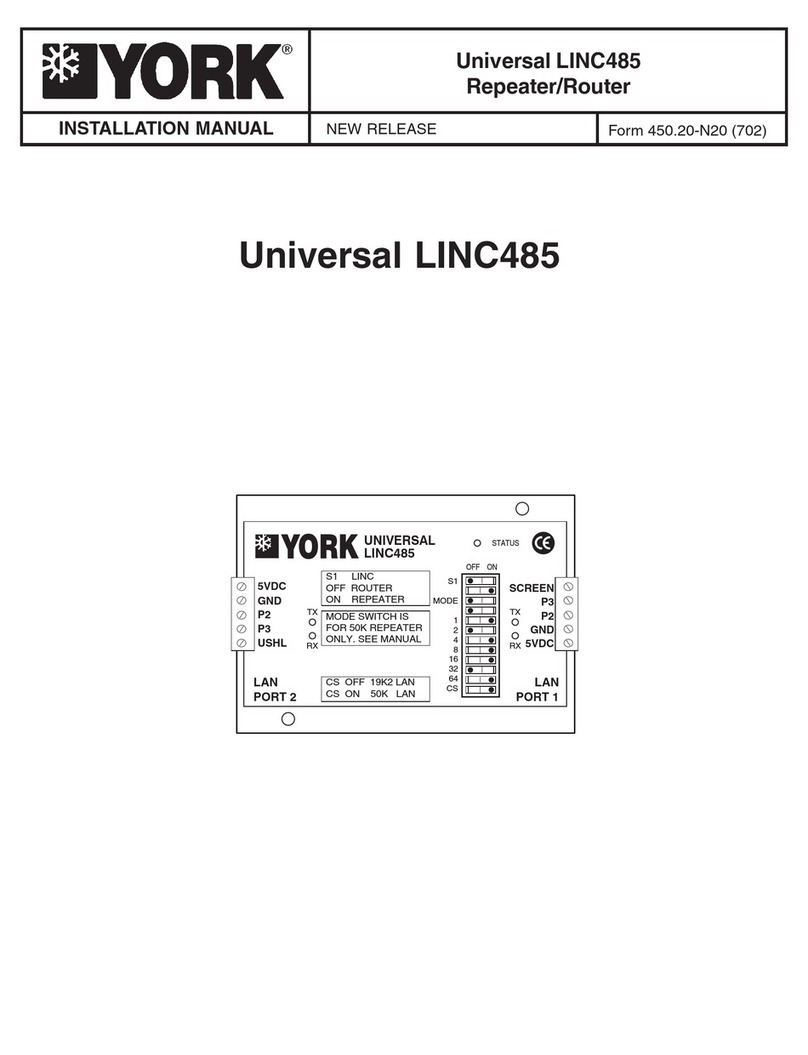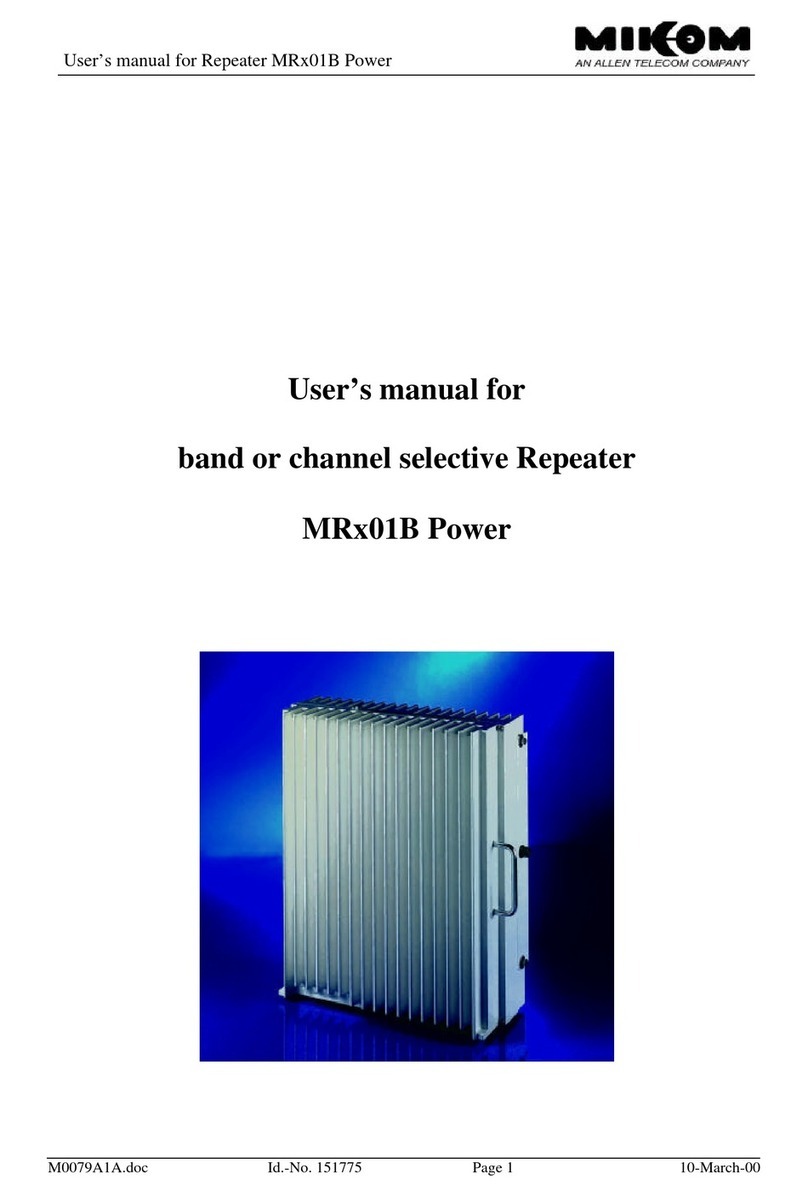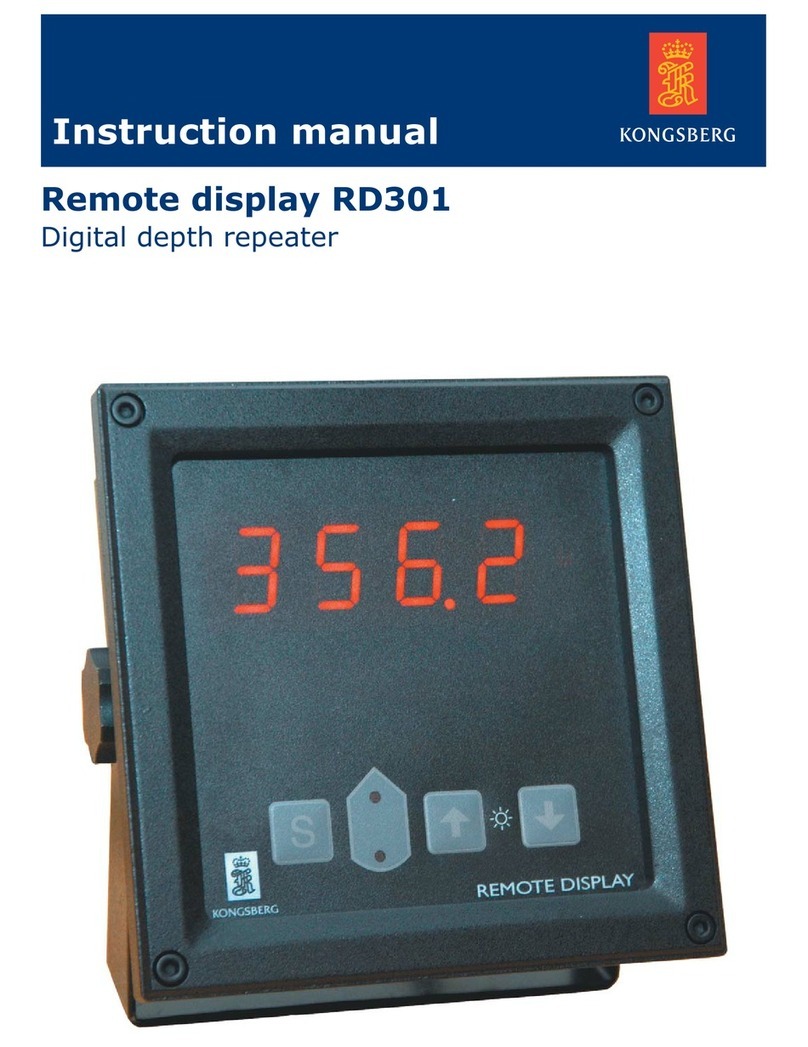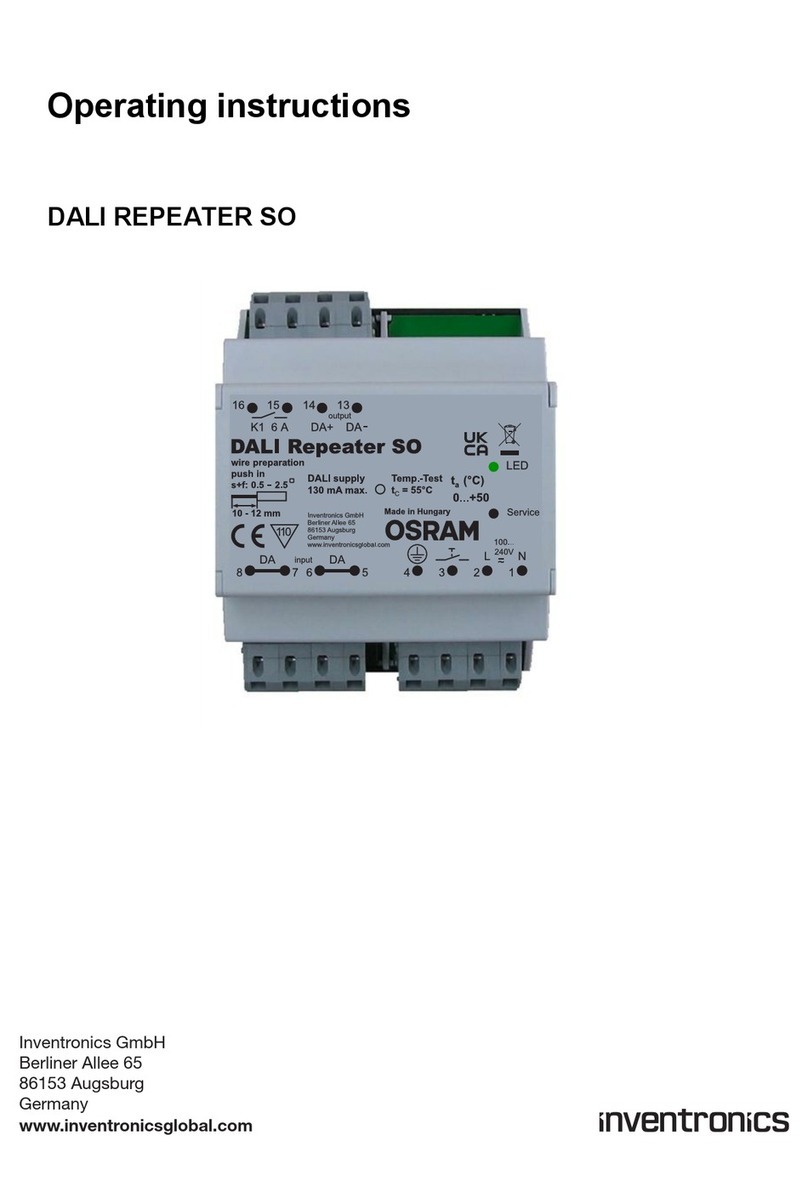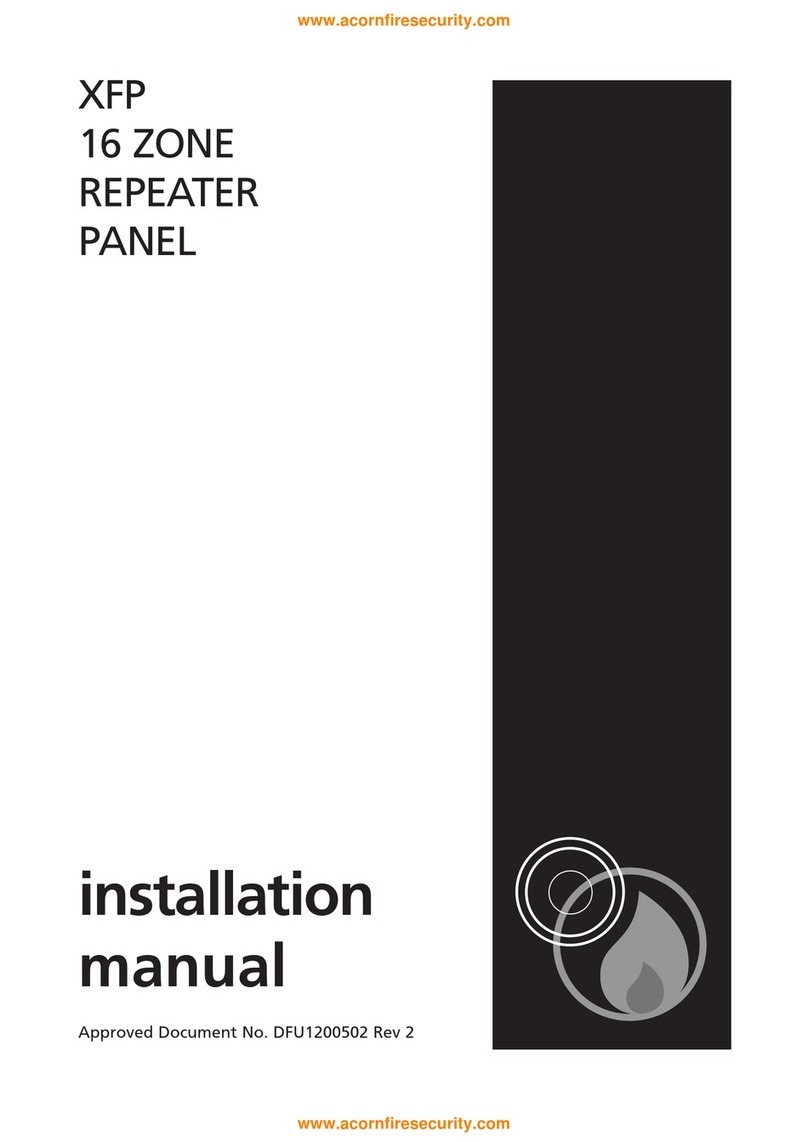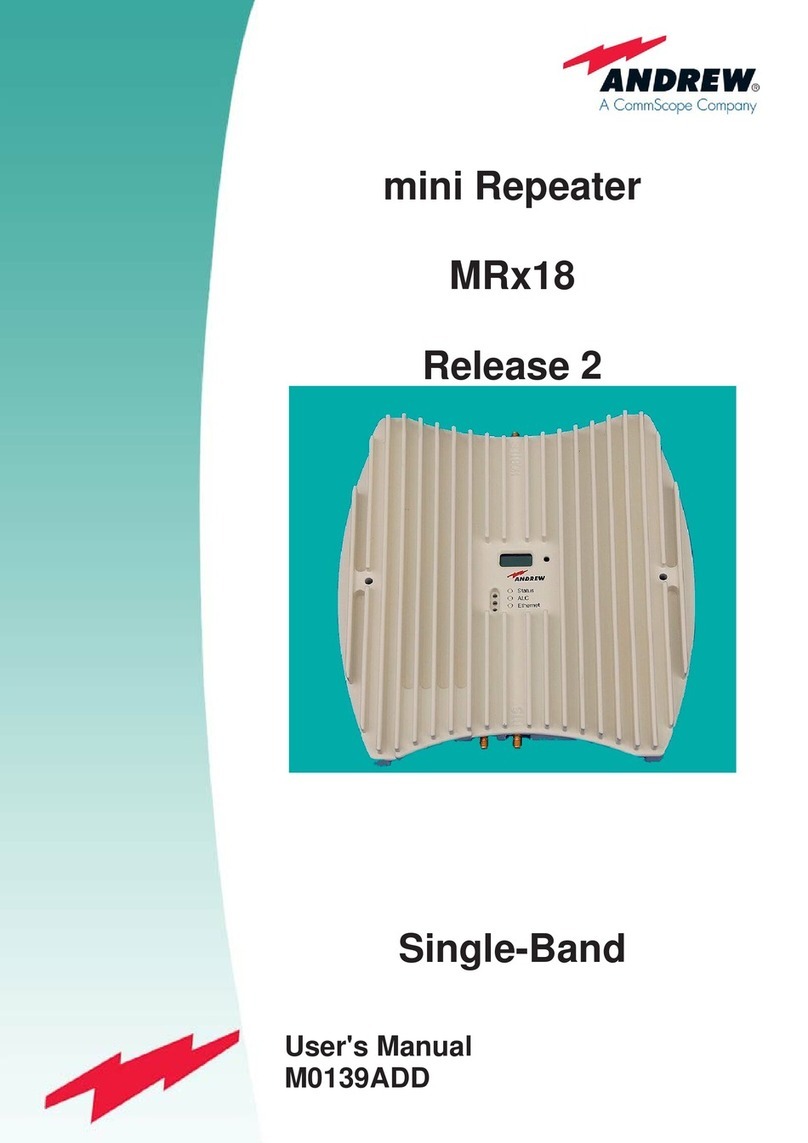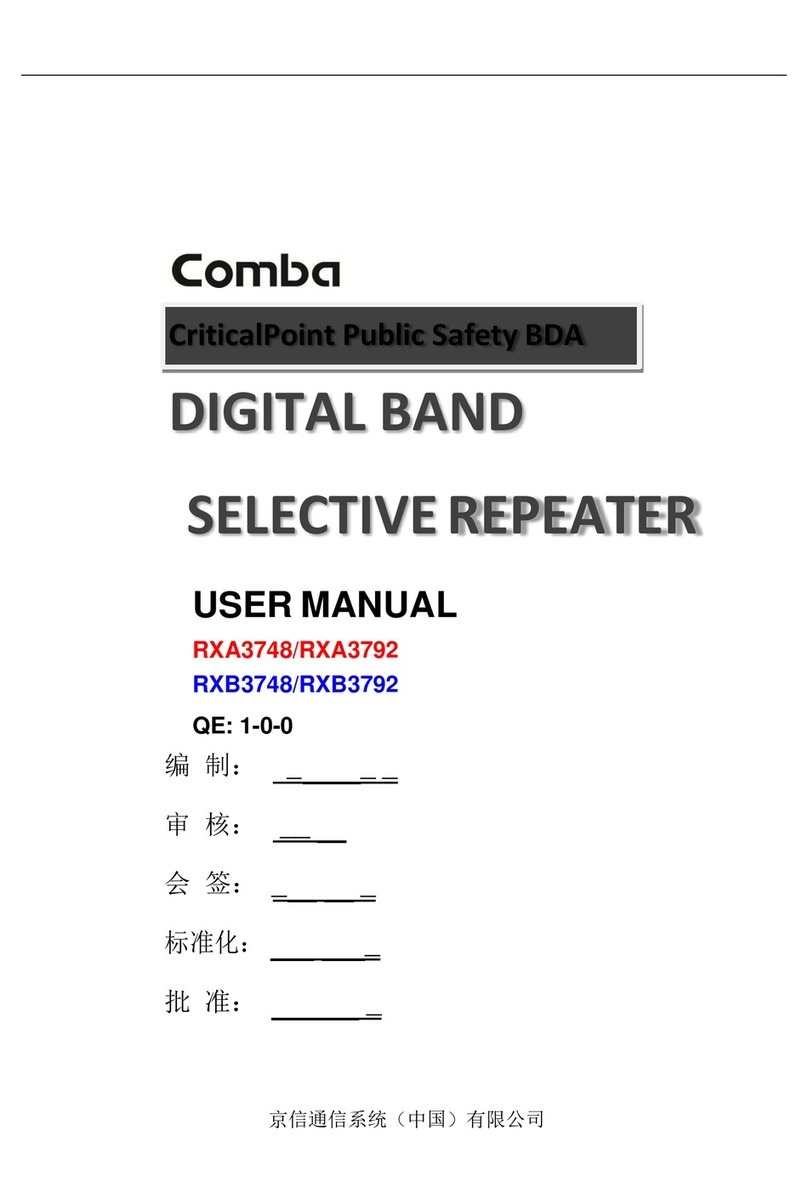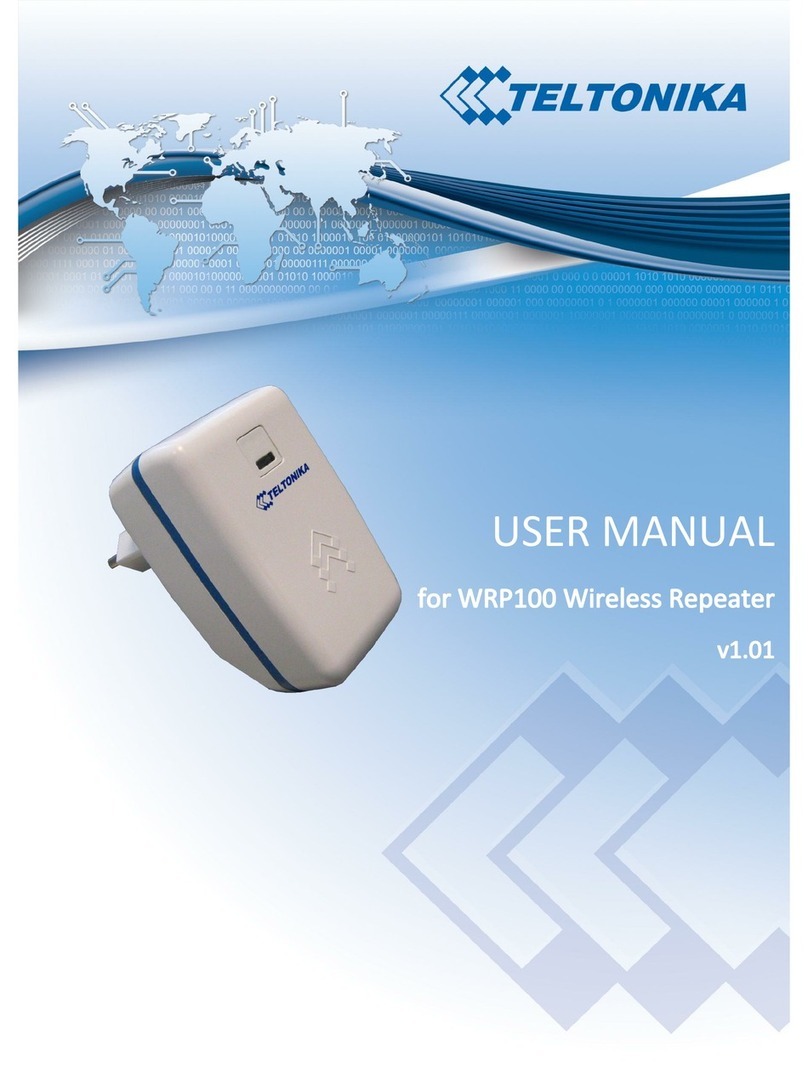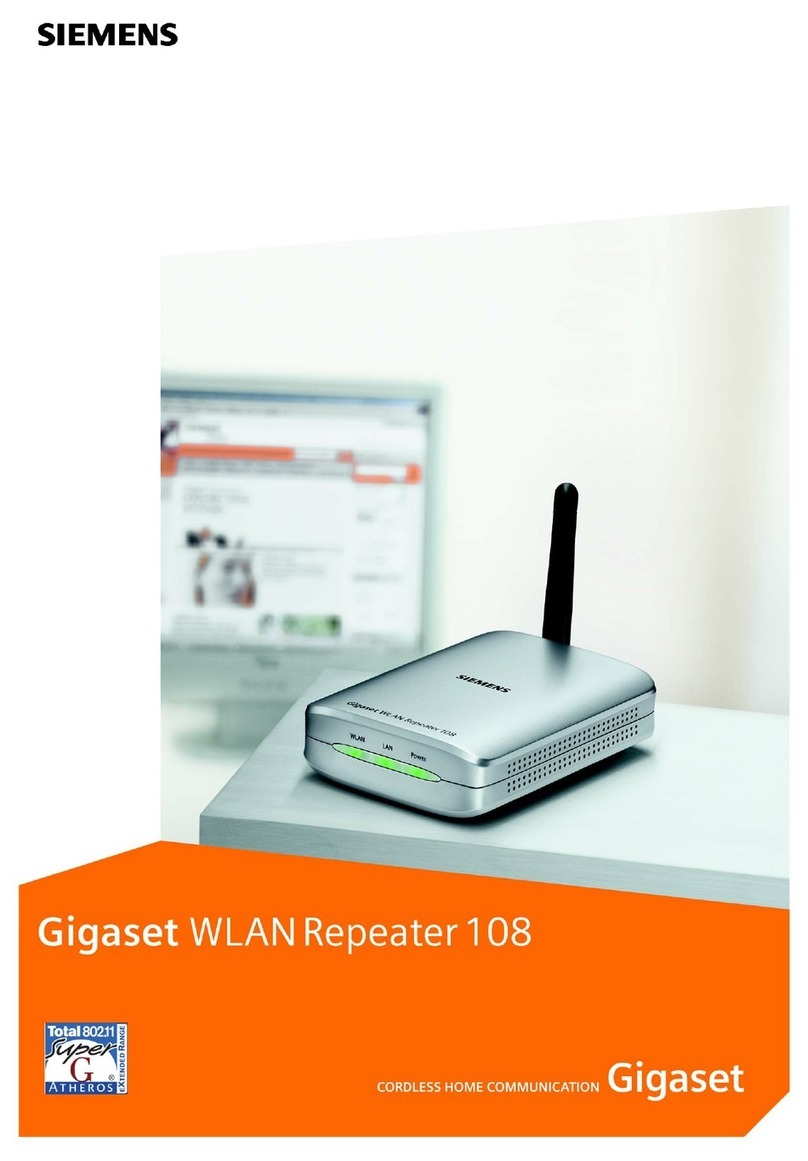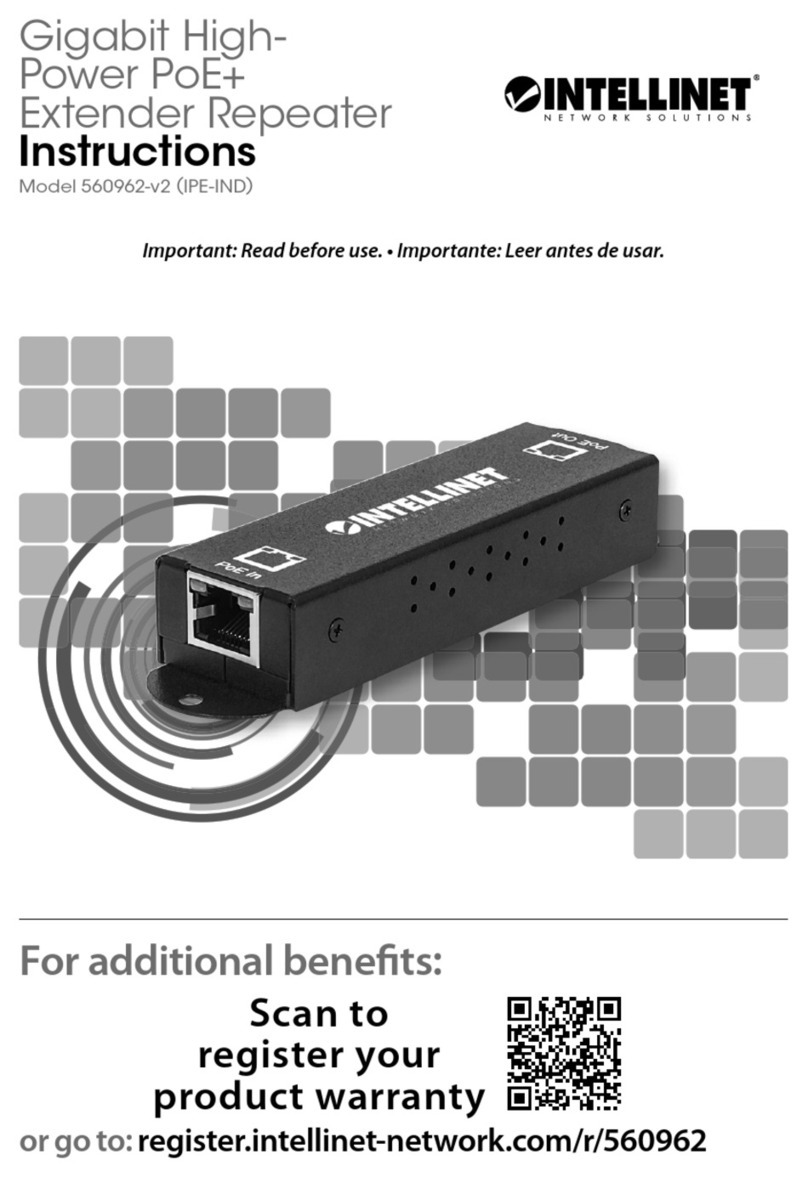PSR78 Repeater
User Manual V0.1
Page | 4
TABLE OF CONTENTS
1. PSR78 REPEATER..........................................................................................................6
1.1 Introduction................................................................................................................6
1.1.1 Highlights.........................................................................................................6
1.1.2 Parts List...........................................................................................................7
1.1.3 Repeater Quick View........................................................................................7
2. WARNINGS AND HAZARDS ........................................................................................9
3. PSR78 OVERVIEW....................................................................................................... 11
3.1 Switches & Fault Indicators..................................................................................... 11
3.1.1 LEDs...............................................................................................................11
3.1.2 Message Board Alarms and Notification .......................................................11
3.2 Switches and Ports...................................................................................................12
3.2.1 AC In Port.......................................................................................................12
3.2.2 Battery Port ....................................................................................................12
3.2.3 Power Switch..................................................................................................12
3.2.3 Ethernet Port and Host/Remote Switch..........................................................13
3.2.4 RF Ports..........................................................................................................13
3.2.5 Ext. ALARM Port ..........................................................................................13
3.5 Installation ...............................................................................................................14
3.5.1 Wall Mount Procedure....................................................................................14
3.5.3 Grounding.........................................................................................................1
3.5.4 Antenna Separation/Isolation ...........................................................................2
3.5.5 Line of Sight.....................................................................................................3
4. PSR78 WEB-GUI SETUP................................................................................................4
4.1 Repeater/PC Connection Using Web-GUI.................................................................4
4.2 Status Tab...................................................................................................................5
4.2.1 Status- 700 MHz...............................................................................................5
4.2.2 Status- 800 MHz...............................................................................................5
4.2.3 Side Navigation Bar.........................................................................................6
4.2.4 SMR700 Band / SMR800 Band.......................................................................6
4.2.5 Power & Gain...................................................................................................6
4.2.6 Alarm................................................................................................................6
4.2.7 AAI...................................................................................................................7
4.2.8 Message Board.................................................................................................7
4.2.9 Repeater Info / Modem Info / Technical Support / Installer Contact Info.......7
4.2.10 Install, Modem, and Power Status..................................................................8
4.3 Control Tab ................................................................................................................8
4.3.1 Control..............................................................................................................8
4.3.2 General Setting.................................................................................................8
4.3.3 System..............................................................................................................9
4.3.4 Oscillation Check Time....................................................................................9
4.3.5 Sleep Mode Setting ..........................................................................................9
